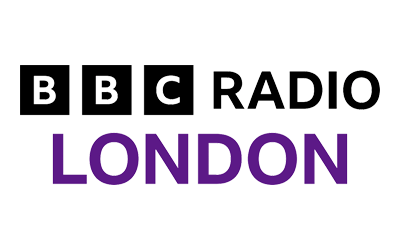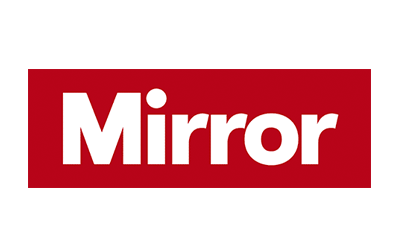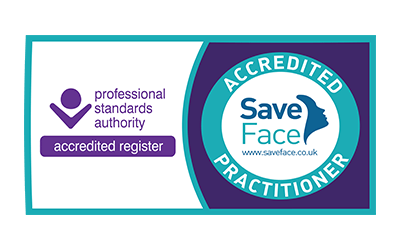Rhinoplasty – also known as a nose job or nasal reshaping – is one of the most popular surgical procedures. It defines and restructures the nose, creating a more aesthetically pleasing nasal appearance.
Typically, a rhinoplasty will reduce the size or shape of a large nose to make it more proportional to the face, but in some cases an increase in profile is achieved. Tip rhinoplasty (also known as tip plasty or tipoplasty) is another form of nose surgery which aims to improve the shape of the tip (the rest of your nose is left alone).
Rhinoplasty can also correct any breathing impairments and is the ideal solution following nasal trauma, such as a broken nose.
What does a rhinoplasty involve?
The procedure is usually performed through small incisions made inside the nostrils. Then:
- The skin is lifted from the nasal cartilage and bone
- If there is a bump on the nasal bridge, this is removed or reshaped using a specialist chisel, creating a new profile
- The nasal bones are then typically broken, before being reset. This serves to narrow the nasal bridge
- If the rhinoplasty is being performed to correct any breathing difficulties, the septum will be adjusted
- The size and shape of the nasal tip is then adjusted to suit the newly created profile. Depending on the desired outcome of the procedure, this will either involve using internal stitches, or a segment of your existing cartilage.
The procedure will take around an hour to complete.
What happens after a rhinoplasty?
Following the reshaping itself, dissolvable stitches will be placed inside your nostrils, with nasal packs inserted into each nostril. These will control any post-operative bleeding – which is usually minimal – and ensure your nasal lining heals as intended.
A plaster cast is then placed over the bridge of your nose, held in place by tape on your cheeks and forehead.
You will need to stay in the clinic overnight following the procedure, then you will be able to return home the following day.
Ask someone to drive you home then, if possible, ask for help around the house for a day or two following your procedure.
Aftercare following a rhinoplasty
You should expect to take at least 2 weeks off work following the procedure, to ensure you have sufficient time to recover.
Ensure you get plenty of rest, as this will help you to recover from your rhinoplasty.
Start walking as soon as you can, as this will help to reduce swelling and decrease the chance of blood clots.
Ensure you take your prescribed pain relief, but do not take aspirin or any products containing aspirin unless you have consulted your surgeon.
Avoid smoking for at least two weeks following the procedure. Smoking slows down the healing process and may also increase the risk of complications.
Look after your incisions by applying antibiotic ointment over your stitches three times per day. Avoid using make up on your incisions until your stitches have been removed.
A saline spray should be used 3 – 4 times daily for 1-2 weeks after your surgery to reduce bleeding in your nostrils.
You may find cool packs around your eyes and nose will reduce swelling and discomfort.
Will I have scars following a rhinoplasty?
Usually any scarring will be hidden by the natural shadow of the nose, or will be concealed by the natural skin fold at the base of the nostrils. Occasionally, external scars may be present, particularly if the rhinoplasty reduced the size of the nostrils. This is known as ‘alar base reduction’.
If extensive tip work is required, such as reconstruction or considerable reshaping, an external incision may be required. This is known as ‘open rhinoplasty’. The incision will be made in the columella, which is the skin between your nostrils.
When will I see results?
You can expect to see initial results within 3 weeks after any swelling and bruising has subsided. The appearance of your nose will continue to improve, with the tip dropping to its permanent position within 6 months.
It may take up to a year to see the full, final results of a rhinoplasty.















